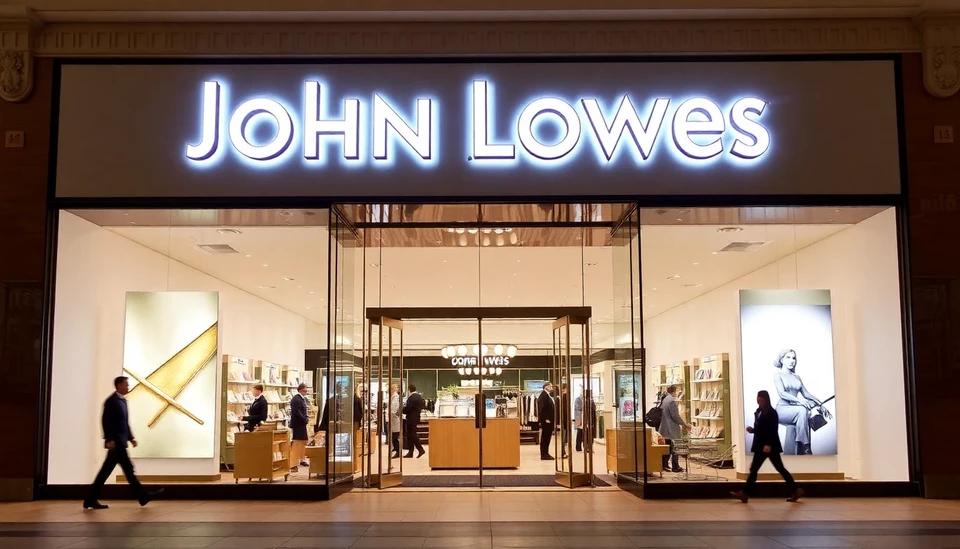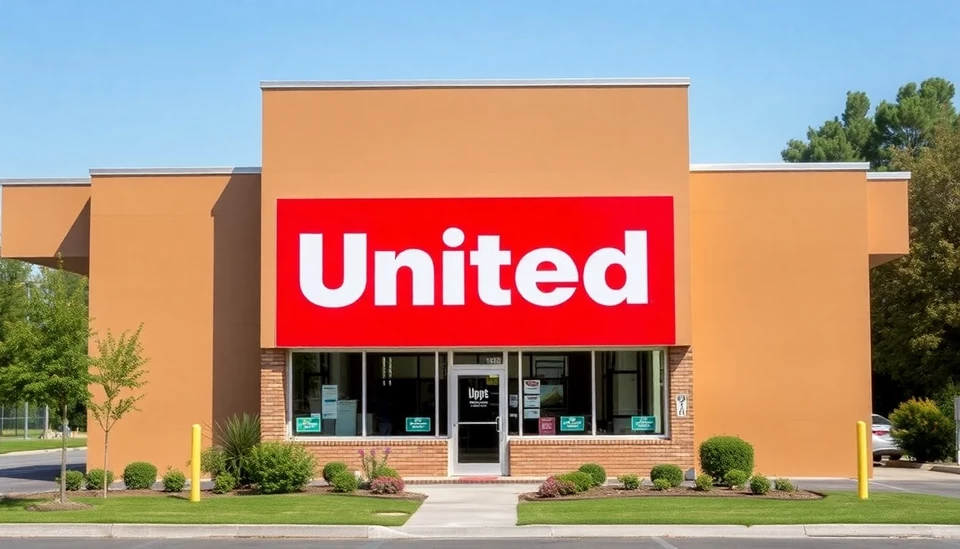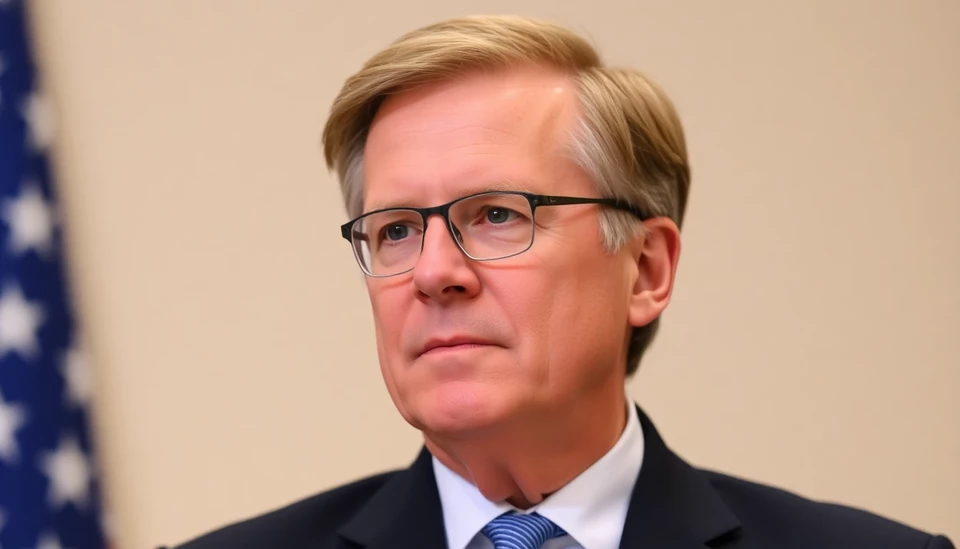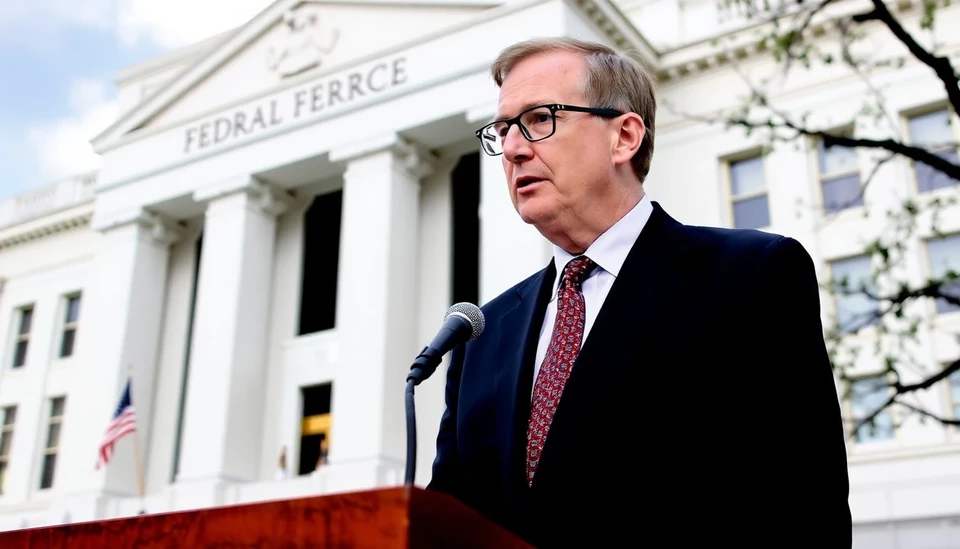
In a remarkable turnaround, John Lewis Partnership has reported a significant increase in profits, signaling a positive shift as the iconic British retailer successfully implements its new business strategy. The latest financial results reveal a robust performance, attributed to effective measures aimed at attracting shoppers back to its stores.
For the fiscal year ending earlier this month, John Lewis posted a profit of £102 million, marking a substantial recovery from the previous year's loss of £27 million. This leap in profitability is a testament to the effectiveness of the retailer's strategic reorientation, which focuses on enhancing customer experience and operational efficiency.
The Chairman of John Lewis, Dame Sharon White, expressed her optimism regarding the future, asserting that the company has regained the trust and loyalty of its customers. This resurgence in customer engagement can be traced back to several key initiatives, including a revamped marketing approach, broader product offerings, and improved in-store services, all tailored to meet changing consumer preferences in a post-pandemic landscape.
White emphasized that the commitment to quality and service remains at the forefront of the company's mission. The retailer has invested significantly in training staff to ensure they deliver exceptional customer experiences, which has already begun to pay dividends as shopping footfall increases both online and in brick-and-mortar locations.
The results come in the wake of challenges faced by the retail sector at large, as many companies struggle to navigate a competitive landscape marked by changing consumer behaviors and economic uncertainty. Nonetheless, John Lewis's distinctive brand ethos, which prioritizes community values and sustainability, appears to have resonated well with shoppers who are increasingly discerning about where they spend their money.
Additionally, the partnership model of John Lewis, which involves sharing profits with its employees, has reinforced a sense of shared purpose. This approach has not only improved morale among staff but also aligns the interests of employees and customers, fostering a more collaborative shopping environment.
Looking ahead, the retailer plans to continue fine-tuning its operations, focusing on expanding its e-commerce capabilities while maintaining the quality that has characterized the John Lewis brand for decades. Analysts suggest that this dual focus on physical and online retail will be crucial in navigating ongoing economic pressures and adapting to the evolving landscape of consumer shopping habits.
As John Lewis moves forward, stakeholders are keen to see how the company maintains this upward trajectory. With signs of economic recovery in the retail sector, John Lewis is poised to capitalize on renewed consumer confidence and explore new avenues for growth, potentially expanding into new markets or introducing innovative product lines designed to attract a diverse customer base.
In summary, the recent financial results reflect a significant milestone in the ongoing transformation of John Lewis, with hopes that the current momentum will continue to build as the company navigates an exciting yet challenging future.
#JohnLewis #RetailSuccess #TurnaroundStrategy #CustomerEngagement #ProfitGrowth #UKRetail #SustainabilityInitiatives
Author: Samuel Brooks




